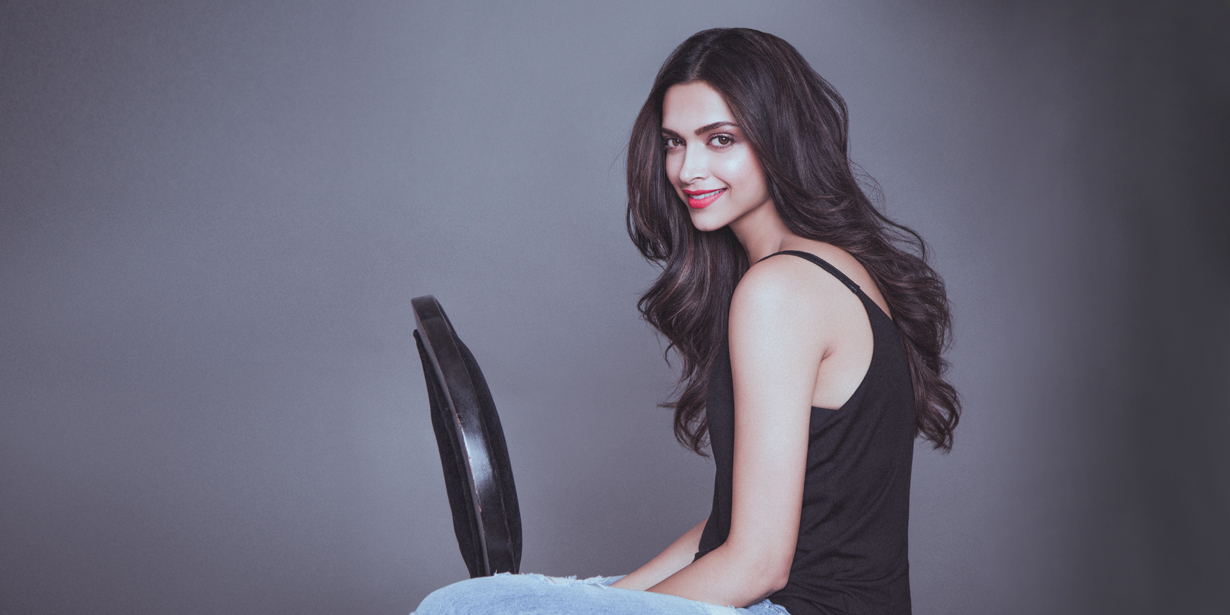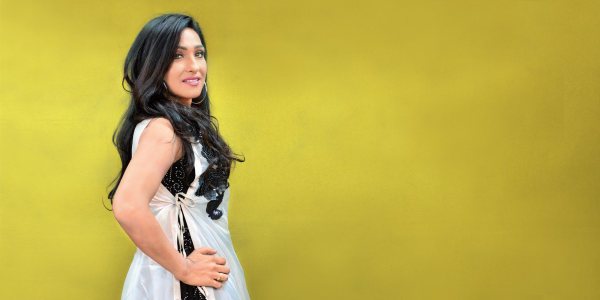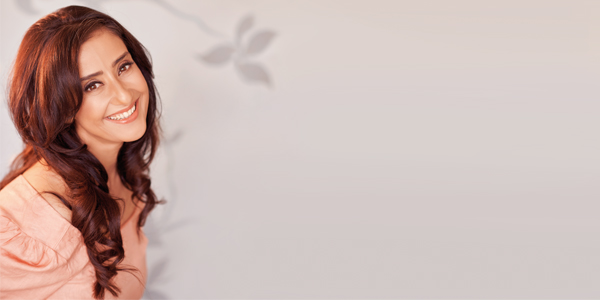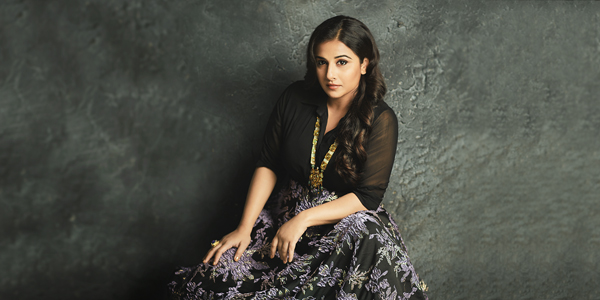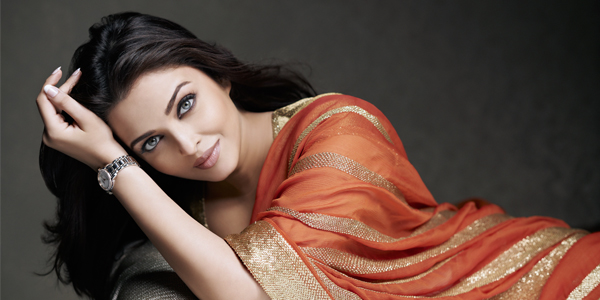From Liril girl to Dream Girl – meet the reigning queen of Bollywood Deepika Padukone
The no-holds-barred journey of Deepika Padukone
There’s a click at the door as someone steps in. The floor shakes in response and we involuntarily shift in our seats. This happens each time someone enters or exits the vanity van through the front door. We’re busy discussing the cost, comfort and utility of such makeshift celebrity homes when the door to the tiny extension where we are seated is opened. First comes a burly fellow with a stern face, who inspects the room. Then another short man lugging a heavy, black suitcase enters, informing us that “Madam is here.” He is followed by a young woman in ripped jeans, who is carrying two bags from which heavily sequined costumes peek out. Any moment now, we think, as we wait in complete silence. A couple of minutes later, there’s that familiar click at the door again and she walks in. Radiant and astonishingly tall, she’s dressed in a black tank top and same-coloured tights that she’s paired up with white sneakers. She greets us with that million-dollar smile we’ve seen before on the silver screen. Face scrubbed clean of make-up except for a hint of lip colour, she’s every bit the beauty we admire on film reels. Deepika Padukone, the reigning Bollywood queen, settles down on the humble white diwan in front of us. Often described as the ‘Dream Girl’ of the current era, a moniker she earned after portraying the character of Shantipriya in her debut film Om Shanti Om, Padukone prefers to describe herself differently: “I am a daughter first, then a sister and a friend.”
 The journey to the top has been long and arduous for this 29-year-old Bengaluru girl. It all started with a few advertising campaigns that Padukone featured in at the age of eight. She then got her first break on the small screen in 2004 with the Oof-yu-maa ad campaign for Liril soaps, followed by a Close-Up toothpaste TV commercial. With a firm resolve to make it big in the modelling industry, Padukone trained under fashion choreographer and designer Prasad Bidapa. She was noticed by fashion designer Wendell Rodricks, who complimented the aspiring model by saying, “Since Aishwarya Rai, we haven’t had a girl as beautiful and fresh as Deepika Padukone.” In 2005, she made her ramp debut at Lakme Fashion Week. 2006 was the year that the stars aligned, ensuring that Padukone had the right opportunities coming her way, and she wasted no time in making the most of it. She flaunted her dance moves in a music video by Himesh Reshammiya for the song Naam hai tera. She earned accolades for her performance in an Indrajit Lankesh-directed Kannada film Aishwarya, opposite southern star Upendra. This fresh face then set fire to the pages of the Kingfisher Calendar 2006. It was here that Bollywood choreographer-turned-director Farah Khan spotted the doe-eyed beauty.
The journey to the top has been long and arduous for this 29-year-old Bengaluru girl. It all started with a few advertising campaigns that Padukone featured in at the age of eight. She then got her first break on the small screen in 2004 with the Oof-yu-maa ad campaign for Liril soaps, followed by a Close-Up toothpaste TV commercial. With a firm resolve to make it big in the modelling industry, Padukone trained under fashion choreographer and designer Prasad Bidapa. She was noticed by fashion designer Wendell Rodricks, who complimented the aspiring model by saying, “Since Aishwarya Rai, we haven’t had a girl as beautiful and fresh as Deepika Padukone.” In 2005, she made her ramp debut at Lakme Fashion Week. 2006 was the year that the stars aligned, ensuring that Padukone had the right opportunities coming her way, and she wasted no time in making the most of it. She flaunted her dance moves in a music video by Himesh Reshammiya for the song Naam hai tera. She earned accolades for her performance in an Indrajit Lankesh-directed Kannada film Aishwarya, opposite southern star Upendra. This fresh face then set fire to the pages of the Kingfisher Calendar 2006. It was here that Bollywood choreographer-turned-director Farah Khan spotted the doe-eyed beauty.
Fresh on the scene
The then 21-year-old model had a dream debut in 2007, playing a double role in Khan’s reincarnation saga Om Shanti Om, where she was paired with the king of Bollywood, Shah Rukh Khan. Not only did the movie rake in the moolah, but it also won her the Filmfare award for Best Female Debut. Padukone says that there are three factors that have led to her success in the industry, “From a very young age, I had a clear idea of what I wanted to be. Second, I have very encouraging and supportive parents who never pressurised me to pick a certain profession.” The actress’ younger sibling Anisha is a professional golfer. The daughter of India’s ace badminton player Prakash Padukone adds, “They [her parents] were not living their dreams through me, which a lot of parents tend to do. My grandfather also allowed my father to do what he wanted. At a time when almost everyone would become an engineer, doctor or lawyer, my father went on to become a professional sportsperson, and that too in badminton, which was not as popular as cricket.”
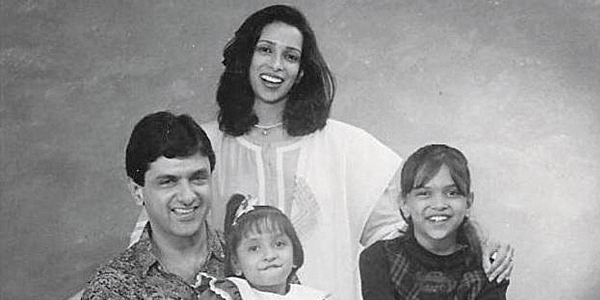
Padukone, who herself has been a national-level badminton and state-level baseball player, carries the lessons she learned on the court to the film set. Her badminton coach Vimal Kumar says she followed a tight training schedule during her school years. The young Padukone would wake up at 5 am, practice on the court, attend school and then follow it up with another training session before going to bed. She continues to maintain that discipline in her professional life even today. Brushing aside the notion that working in the entertainment industry is all fun and games, she says, “When you’re on a movie set, you have fun if you’re traveling, but the actual work requires a lot of dedication, discipline and sacrifice. For instance, if your friends want to come over and have a late night but you have a shoot the next morning, then the latter becomes a priority. So, I might have to go to bed early to be prepared and be on time for the shoot.”
While Om Shanti Om was the perfect launch pad for Padukone, there was the risk of being written off as just a pretty face. “I had assumed that if you have this good launch and have been taken such good care of, then it’s always going to be that way. I didn’t realise that every movie is not going to be about you. One has to start taking care of oneself because after a point, you are on your own,” she says. Having gained this insight early on and determined to prove herself, Padukone starred in a series of commercial movies from 2009 till 2012, which saw her share screen space with the likes of Ranbir Kapoor, Akshay Kumar, Farhan Akhtar and Saif Ali Khan. Movies such as Love Aaj Kal, where she essayed the role of Meera Pandit, and Khelein Hum Jee Jaan Se, based on the Chittagong uprising, where she played Kalpana Dutta, brought her commercial success and critical acclaim.
 She grew as an actor with every role she played and took failures at the box office in her stride. Later, in 2012, she became the highlight of every movie review written about Homi Adajania’s rom-com Cocktail. When given the option of choosing between the role of a plain Jane and a troubled rich brat, Padukone sought to broaden her horizons and swept the audiences and critics off their feet with her performance as bratty party girl Veronica. And the success story didn’t stop there — soon, she delivered a string of hits one after the other. The box office loved her, the industry sat up and took notice, the awards kept coming and so did the money. All four hits — Race 2, Chennai Express, Yeh Jawaani Hai Deewani and Goliyon Ki Rasleela: Ram-Leela — crossed the coveted Rs.100-crore mark. Talking about her dream run at the box office, she says, “If you are true and honest to what you are doing, success will follow.” As per news reports, Padukone took home a whopping Rs.39.5 crore at the end of 2013. It was no surprise, then, to see the actress endorsing brands across various categories. Padukone, who reportedly charges around Rs.6 crore for a brand endorsement, is currently the face of around 15 campaigns, including HP Computers, Axis Bank, Tissot, Parachute, Lux, Kellogg’s and Tanishq. She was recently signed on as the ambassador for women’s grooming products range Gillette Venus.
She grew as an actor with every role she played and took failures at the box office in her stride. Later, in 2012, she became the highlight of every movie review written about Homi Adajania’s rom-com Cocktail. When given the option of choosing between the role of a plain Jane and a troubled rich brat, Padukone sought to broaden her horizons and swept the audiences and critics off their feet with her performance as bratty party girl Veronica. And the success story didn’t stop there — soon, she delivered a string of hits one after the other. The box office loved her, the industry sat up and took notice, the awards kept coming and so did the money. All four hits — Race 2, Chennai Express, Yeh Jawaani Hai Deewani and Goliyon Ki Rasleela: Ram-Leela — crossed the coveted Rs.100-crore mark. Talking about her dream run at the box office, she says, “If you are true and honest to what you are doing, success will follow.” As per news reports, Padukone took home a whopping Rs.39.5 crore at the end of 2013. It was no surprise, then, to see the actress endorsing brands across various categories. Padukone, who reportedly charges around Rs.6 crore for a brand endorsement, is currently the face of around 15 campaigns, including HP Computers, Axis Bank, Tissot, Parachute, Lux, Kellogg’s and Tanishq. She was recently signed on as the ambassador for women’s grooming products range Gillette Venus.
 Under the microscope
Under the microscope
Padukone, who is widely followed on social media, accepts the accompaniments of her stardom with grace. “I believe that your life is what you want it to be. It is important to find a balance between being yourself and being cognisant of the things you do, realising you have reached a stage in your career where the position comes with certain responsibilities,” she says. Having studied at Sophia’s High School and Mount Carmel College in Bengaluru, Padukone spent most of her childhood absorbed in sports-related activities. While the initiation into modelling and moving base to Mumbai was a challenge, Padukone talks about some of the lessons she learnt early on in her career. “In my initial days, I struggled to find myself and be comfortable with who I was. Since there was always this perception of how heroes and heroines are supposed to be, I fell into that trap of having to be a certain way because I didn’t know any better,” she reveals.
Back in 2013 — touted to be Padukone’s year at the box office — as she smiled for the cameras and gave thank-you speeches, she was battling with a common but not often discussed health disorder. It was only in early 2015 in an interview that the actress revealed that she was taking medication to treat depression. She described how the mental health condition resulted in a loss of appetite, caused fatigue and how she took her time to come to terms with it and began taking medication. Brooding on the topic of depression, she wonders out loud, “I can never quite understand the stigma attached to mental illness. If you have a fever or are diagnosed with diabetes, don’t you come to work and tell people that it is so?”
On what can help lift a person out of depression, she instantly responds, “Hope. It is a very small word but very powerful. And it is important to tell people suffering from depression that they are not alone.”
Spacing it out
So, what are the changes Padukone has made to maintain a work-life balance? “You need to ask yourself what are the things that make you happy. For me, it’s very important that I spend a few days in Bengaluru with my family and take short vacations. I am not saying that we should be less ambitious. Those short breaks can help increase your productivity and you can avoid the risk of burnout.” Learning the importance of a support system through her own experience has pushed Padukone to start the Live, Love, Laugh Foundation. Registered in June this year, the foundation aims to eliminate the stigma attached to mental illness by spreading awareness. Padukone’s eyes light up as she talks about the foundation and one can almost sense her level of commitment to the cause. This modern-day dream girl might have a lot on her plate right now, but ask her about the one line that she lives by and she says, “Live, love, laugh.”
